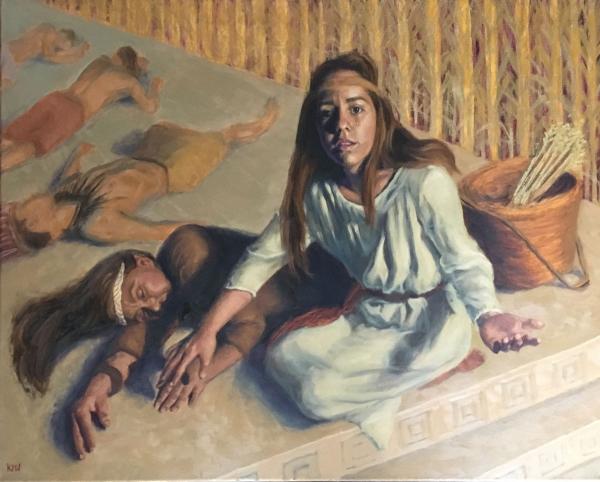
I have a message board that I watch in order to keep my finger on the pulse of a certain curious variety of critics of the Church of Jesus Christ of Latter-day Saints — most of them (from what I can see) disaffected, atheistic former believers. Periodically, they emit outbursts of joy and satisfaction as, in their view, advocates of the Restoration (and sometimes even the Church itself) take what they perceive, or affect to perceive, as steps toward understanding the Book of Mormon as “inspired fiction.”
Now, admittedly, some individual Latter-day Saints have moved in that direction. There’s nothing new about this, except perhaps the “inspired” part of it. Just as the Church has always gained converts, it has also haemorrhaged onetime believers. Such is mortality. (See Matthew 13:1-30.) Perhaps there is something different now, of course, in that some who have rejected Joseph Smith’s account of the Book of Mormon may be more eager to maintain belief in its “inspired” status even after abandoning the conviction that Nephi, Mormon, and Moroni were real historical people.
Anyway, the most recent flare-up of this phenomenon that I’ve seen, the latest jig to be danced over our ineluctable slide toward viewing the Book of Mormon as merely fictional, has come in the wake of Royal Skousen’s 15 January 2020 BYU lecture on “The History of the Text of the Book of Mormon,” which was sponsored by BYU Studies, the Interpreter Foundation, and BYU’s College of Humanities.
For some accurate but quite inadequate notes on what he said, see “From the Skousen presentation (1)” and “From the Skousen presentation (2).”
Based on those notes — significantly, I’m unaware of any of these critics who claim to have been there and to have actually heard what Professor Skousen had to say — they conclude that he is moving toward a fictional Book of Mormon. They do this on the basis of his description of the Book of Mormon, repeated more than once during last week’s presentation, as “a creative and cultural translation of what was on the plates, not a literal one.” They also seem to imagine that his unexpected discovery of elements of Early Modern English — i.e., semantic and syntactic features that, in some cases, were obsolete in English even before the appearance in 1611 of the King James Version of the Bible — in the original dictation of the Book of Mormon foreshadows his abandonment of the book as authentically ancient and historical.
They misunderstand Royal Skousen. He is an outspoken believer in the Book of Mormon as a genuinely ancient book of genuine ancient history.
Last week, as I’ve heard him do many times before, he mentioned the testimony of the Book of Mormon that he received years ago while reading the account in Alma 19 of the conversion of the household of the Lamanite king Lamoni. There came into his mind very clearly and powerfully the words — and he always uses exactly the same words when recalling his experience — “These things really happened.”
Strikingly, he always appends the fact that this testimony came to him even regarding a passage for which, in his scholarly judgment, the proper and intended wording has been obscured:
In the current official text of Alma 19:30, Lamoni’s queen, having been brought out of a trance, “clasped her hands, being filled with joy.” That was the text that Dr. Skousen was reading when those words, “these things really happened,” came to him so forcefully. Yet his textual studies and his examination of the manuscript evidence have convinced him that the verse originally dictated by Joseph Smith described the queen as having “clapped her hands” for joy, not “clasped” them.
Royal Skousen is nowhere near rejecting the Book of Mormon as authentically ancient and genuinely historical.
The wishful thinking of certain critics is as far from satisfaction today as it has ever been.












